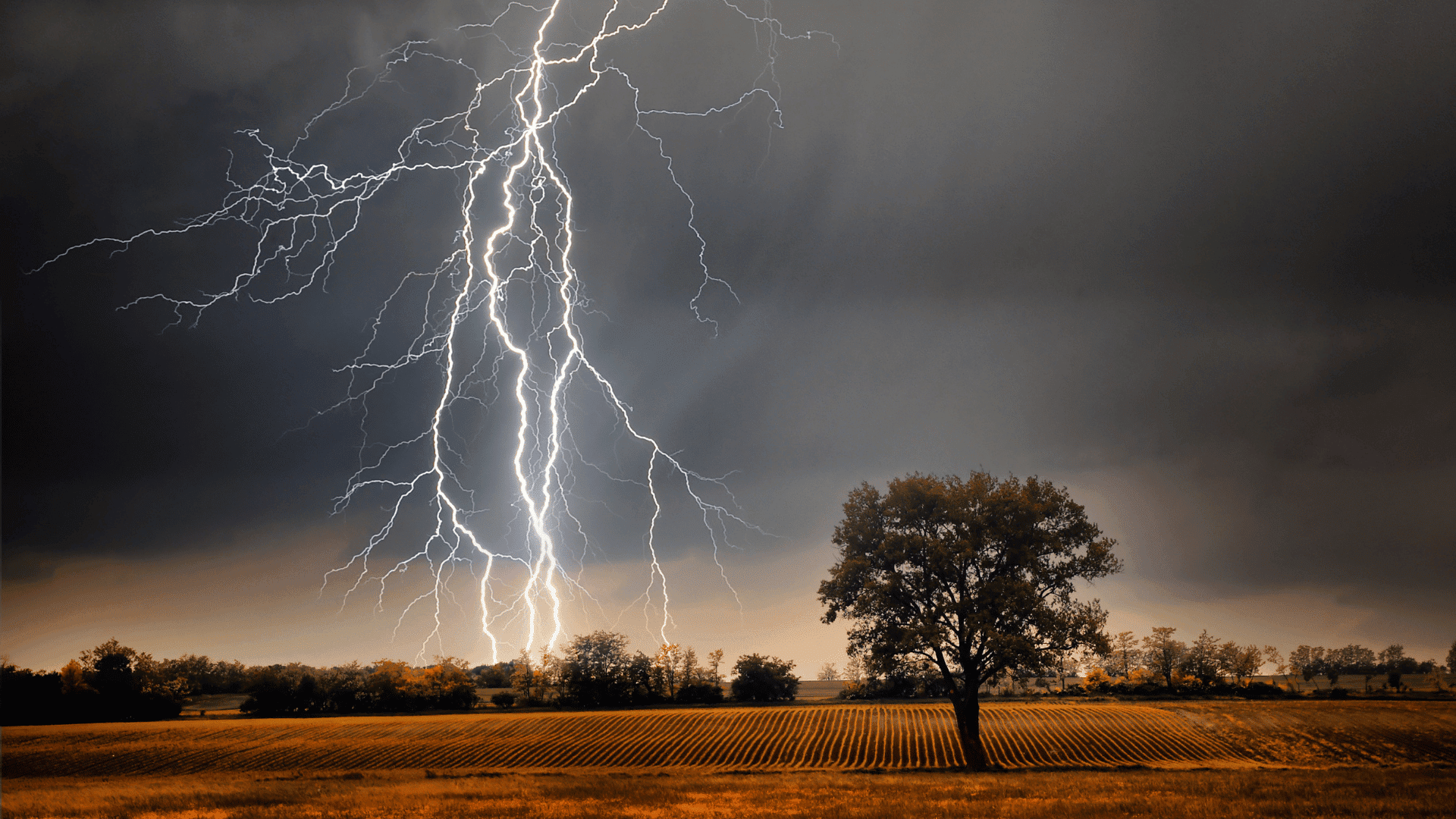With spring in full swing, galoshes or rain boots are a must to keep our toes dry whether we’re running errands or taking a relaxing stroll around the neighborhood. There are three different processes used to make galoshes, the first involves rubber boots made from sheets. This is when rubber is poured in sheet form and then uncured or semi-cured to give it workable properties. The prepared rubber is then rolled out and die cut into pieces. The pieces are fitted around aluminum forms which are created to fit the size and design of the desired boot. The aluminum forms are then heated at a temperature of roughly 130 degrees Fahrenheit, which allows the rubber to fit the forms as the pieces weld together. Finally, the rain boots are removed from the aluminum form and the boot undergoes any last-minute touches like seam trimming.

The second process of making rain boots involves slush-molding. This involves both a form being made as well as an outer metal mold which is made only slightly larger than the form. The cavity between the form and the mold is then filled with a liquid which is compiled of polyurethane, synthetics, and a small amount of rubber. The mold is then spun so that the liquid can be uniformly distributed between the form and mold. Once the form and mold have been removed, the boot can be decorated and trimmed.

Finally, some newer fashions in galoshes merge shoe and boot construction. This involves the outsole being formed from hard rubber while the uppers are laser-cut from microfiber or nylon fabric. The outsole is then fitted to the boot form while the upper is fitted and sewn around the upper part of the form. Then the boots are made waterproof either with a spray or hot-melt tape. Once the boots receive their straps, buckles, and any additional hardware, they’re ready to go from manufacturer to marching through a storm. So get your rain boots on and grab your umbrella, it’s time for puddle jumping!






